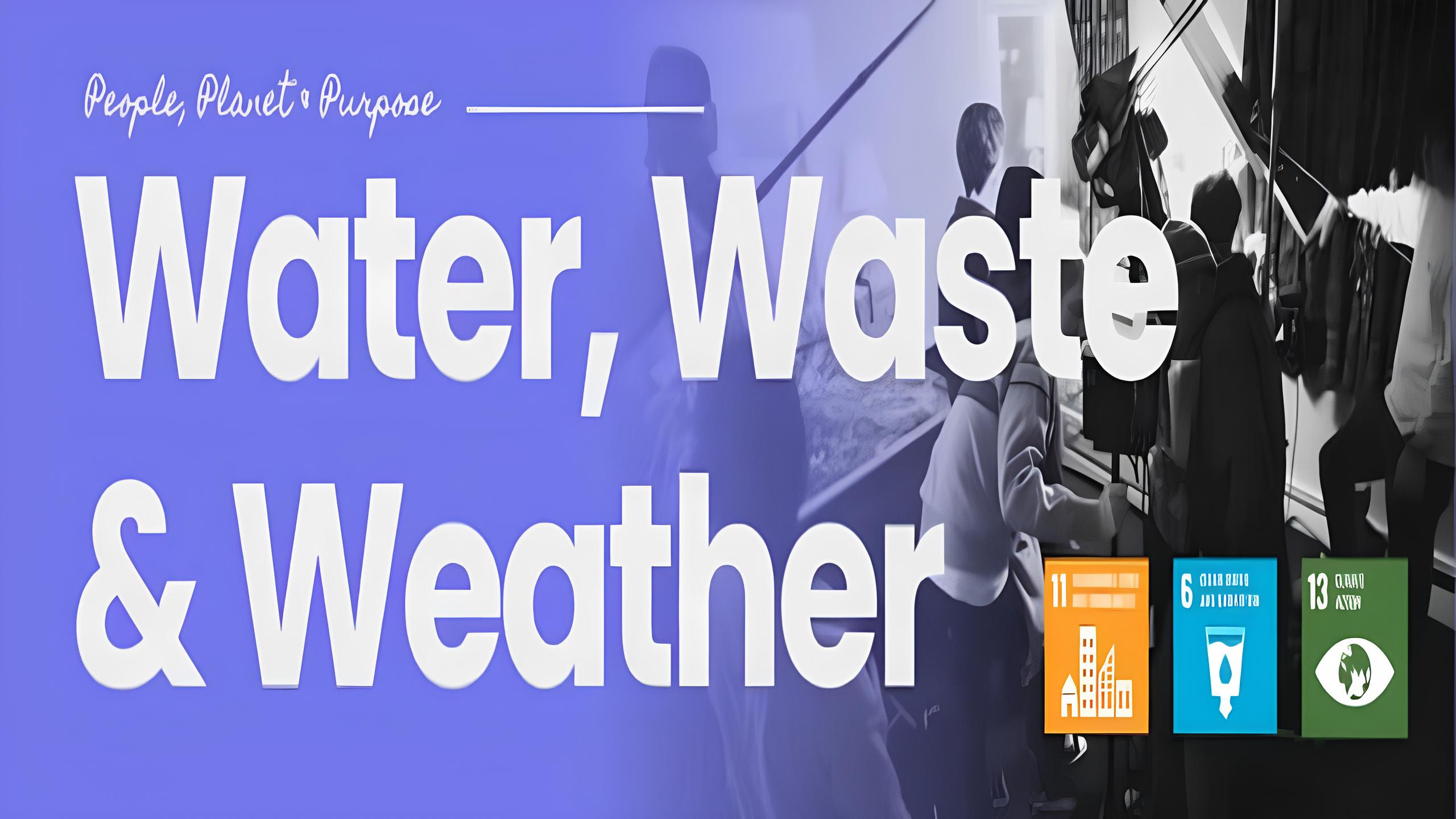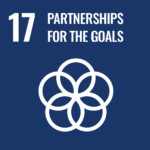For centuries, India’s coasts have been more than shorelines; they’ve been gateways of culture, commerce, and exchange. From the Chola Empire’s maritime trade across Southeast Asia to the arrival of Persian, Arab, and Jewish communities along the Malabar and Konkan coasts, coastal India has always been a crossroads of ideas and identities.
Geographically, its 11,000 km coastline touches both the Bay of Bengal and the Arabian Sea, binding together 9 states and 4 union territories. Culturally, it is a mosaic of languages, cuisines, and traditions from Tamil and Telugu in the east to Konkani, Marathi, and Gujarati in the west. These regions have long drawn their vitality from the water that surrounds them.
Today, the same coasts that carried trade and culture now carry risk. Rising seas, mounting waste, and volatile weather are reshaping these historic lifelines into climate frontlines.
🚀 Why Now?
Coastal India supports nearly 250 million people, with about one-third of its 11,000+ km coastline vulnerable to erosion and extreme events (World Bank, 2025). The risks are no longer siloed; water stress, waste mismanagement, and weather extremes are now colliding.
- Water: Global sea levels are projected to rise 0.24–0.32 m by mid century under moderate warming, with growing risks of coastal inundation and saltwater intrusion in vulnerable aquifers (IPCC AR6, 2023).
- Waste: India’s marine pollution agenda includes ramped-up plastic waste control and initiatives to curb coastal litter. Coastal states now host 899 plastic waste recycling units, according to the latest MoEFCC data (Business Standard, 2024).
- Weather: Cyclone frequency and intensity in the Arabian Sea have shown a sharp upward trend. Studies report a ~52% increase in cyclonic storms between 2001–2019 compared with earlier decades (Hindustan Times, 2023). In 2023, Cyclone Biparjoy forced the evacuation of 180,000+ people and caused large-scale damage along Gujarat’s coast (Reuters, 2023).
These are not isolated pressures; floods spread waste, saltwater seeps into water systems, and storms stress every service network. Addressing them in silos is no longer an option.
🛣️ The Way Forward
Resilience isn’t built by hardening walls alone; it’s about redesigning systems so water, waste, and weather reinforce one another instead of breaking down together. Encouragingly, early signs of this shift are already visible:
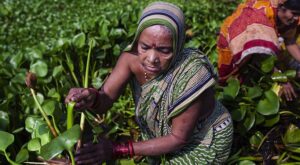
Field visit – AusAID project, Odisha
Ecosystem Restoration: Under the Enhancing Climate Resilience of India’s Coastal Communities project, 3,825 hectares of coastal ecosystems, including nearly 3,000 hectares of mangroves, have been restored across Odisha and Maharashtra, creating natural buffers against storm surges while sustaining local livelihoods (UNDP, 2023)
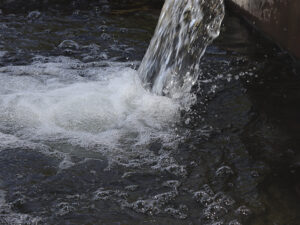
Decentralized Wastewater Pilots: The Saraswati 2.0 program has tested modular wastewater treatment systems in Indian towns, showing how decentralized technologies can flexibly manage sewage, reduce flooding risks, and recover water for reuse (CORDIS, 2023)
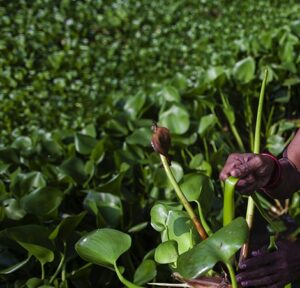
Field visit – AusAID project, Odisha
Waste-to-Resource Pathways: New studies highlight the potential to capture energy and compost from urban sewage and food waste, turning disposal costs into value streams for municipalities (MDPI, 2023)
💡Resilience demands four strategic pivots:
1. Circular Waste Systems– Convert sewage sludge into biogas, recycle fishing nets into textiles, and compost food waste at scale.
2. Climate-Smart Utilities– Deploy IoT sensors for real-time drainage monitoring and build decentralized treatment hubs that can flex during
storms.
3. Ecosystem Infrastructure– Restore mangroves, wetlands, and reefs as adaptive “green walls” that evolve faster than concrete.
4. Finance & Governance– Unlock blended finance through resilience bonds and align mandates via cross-sector task forces to break silos between water, waste, and climate action
Resilience is not just about survival. It’s about reimagining India’s coasts as places where people, ecosystems, and economies thrive together.
Check out our Grants Page 💸
🚨Spotlight: Godrej Mangroves- Mumbai’s Living Carbon Sinks
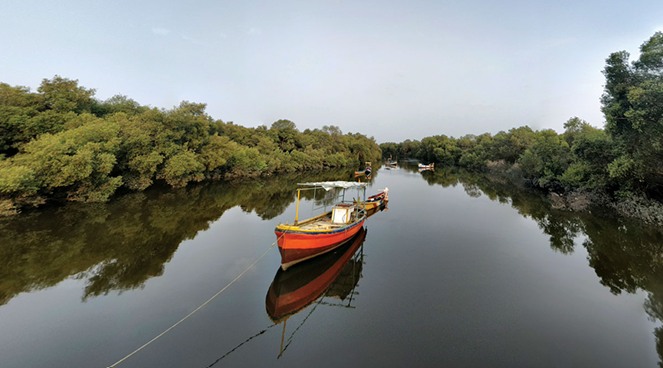
In Mumbai, resilience has deep roots in the city’s eastern wetlands. For over four decades, Godrej & Boyce has been protecting and restoring the Vikhroli mangroves, one of India’s largest privately conserved mangrove forests. Spread across 750 acres, these wetlands act as natural carbon sinks — filtering pollutants, absorbing CO₂, and shielding the city from storm surges and coastal flooding (Godrej & Boyce, 2021).
The initiative rests on three pillars: research, conservation, and awareness. From creating India’s first ISO 14001-certified mangrove forest to launching the Mangrove Information Centre and awareness drives like Magical Mangroves, Godrej has helped generations of Mumbaikars see these ecosystems not as empty swamps, but as the city’s living lungs.
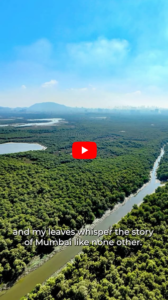
As shared in their latest campaign, the Vikhroli mangroves are “the tranquil heart of Mumbai… the harbour to endless birds and the keeper of balance in a constantly evolving city.” They continue to stand strong, breathing life into the city and the communities around it. (Instagram Reel, 2024)

Its Official !!! AndPurpose Forum, Mumbai is coming to you on 26 November 2025.
🚨Start-up Spotlight
Recykal- Samudra Manthan
 In India’s coastal belts, the tide of plastic waste often begins upstream in rivers, drains, and towns. Recykal, a Hyderabad-based cleantech start-up, is tackling this challenge head-on with its Samudra Manthan program.
In India’s coastal belts, the tide of plastic waste often begins upstream in rivers, drains, and towns. Recykal, a Hyderabad-based cleantech start-up, is tackling this challenge head-on with its Samudra Manthan program.
In its pilot phase, the initiative collected 70,000+ metric tonnes of ocean bound plastic across 207 districts, including 33 coastal districts and 173 river-basin zones. The program has since expanded to cover all 66 coastal districts of India, diverting plastic away from waterways and into formal recycling chains.
By combining app-driven traceability with local waste collection networks, Recykal is not just cleaning coastlines; it’s building livelihoods for informal waste workers and proving that innovation can turn an ocean problem into an upstream solution.
The lesson is s edge. It starts on land, where every piece of waste intercepted is one less burden on the sea. (Recykal Expands ‘Samudra Manthan®‘)
💰Hottest Grants this Week
AndPurpose Grants
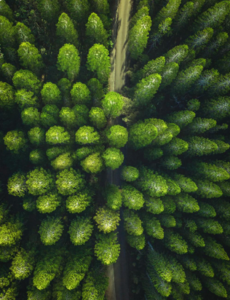 The Keidanren Nature Conservation Fund (KNCF) Grant 2026 supports biodiversity and environmental conservation projects that align with the Kunming–Montreal Global Biodiversity Framework. Open to NGOs and nonprofit organizations, it funds activities like ecosystem restoration, endangered species protection, and community-based conservation. Grants of up to JPY 20,000,000 are available for impactful projects demonstrating measurable outcomes and long-term sustainability.
The Keidanren Nature Conservation Fund (KNCF) Grant 2026 supports biodiversity and environmental conservation projects that align with the Kunming–Montreal Global Biodiversity Framework. Open to NGOs and nonprofit organizations, it funds activities like ecosystem restoration, endangered species protection, and community-based conservation. Grants of up to JPY 20,000,000 are available for impactful projects demonstrating measurable outcomes and long-term sustainability.
Deadline: 01 December 2025

Applications are open for the Global Solvers Accelerator 2026 by the Melton Foundation, an 8-month international fellowship for young leaders aged 20–35 who are driving social impact and sustainable development. The program helps participants strengthen their leadership skills, refine their community projects, and collaborate with changemakers worldwide. Upon completion, fellows join a lifelong global network of over 650 leaders advancing the SDGs.
Deadline: 1 December 2025
🤔What’s Next ?
Coastal India is more than a line on a map; it is a living system where water, waste, and weather converge. The risks are undeniable, but so are the opportunities. Mangrove belts in Odisha, recycling innovations from Recykal, and decentralized water systems in cities are all showing that resilience can be designed into the future.
The choice ahead is simple:
- Keep patching silos– responding to floods, waste, and cyclones one at a time, or
- Build integrated resilience– where ecosystems, communities, and infrastructure reinforce each other.
The tides will not wait, and neither will the next storm. The time to reimagine our coastal futures is now.
With Love & Purpose
Team AndPurpose

